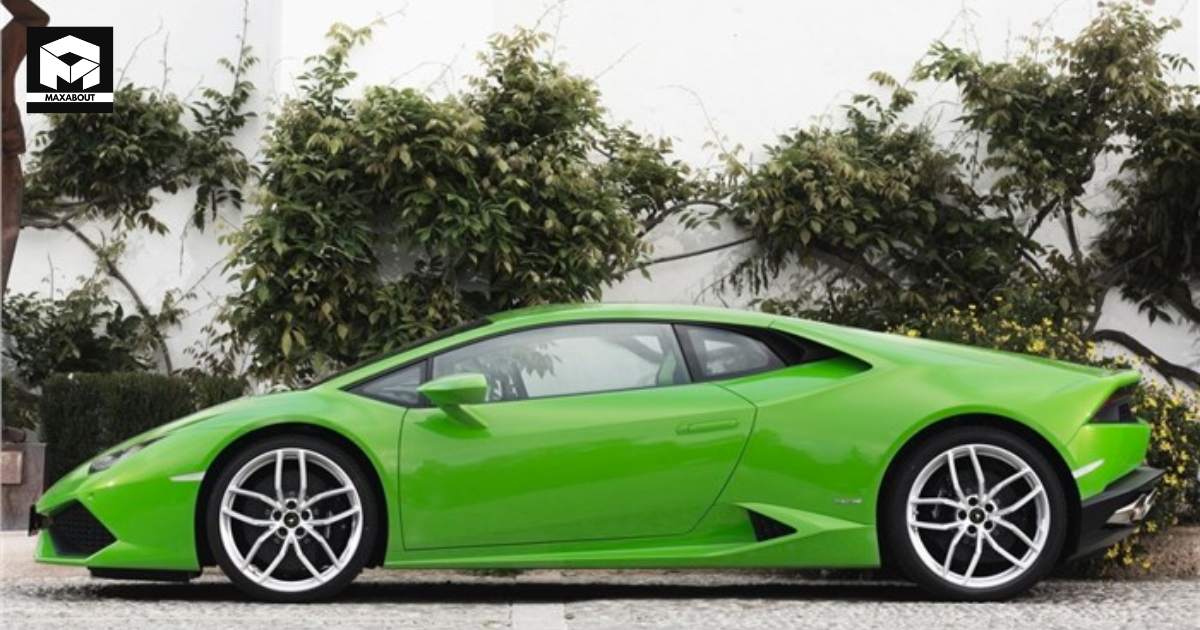Introduction
When Lamborghini introduces the Huracan’s replacement in the upcoming months it will be ready for a historic global premiere and this represents a significant turning point in the Italian carmaker’s transition to an all-electric model portfolio and a radical change in its junior supercar class since the legendary Gallardo’s 2003 release.
Powertrain Innovation: V8 Plug-In Hybrid
The forthcoming successor to the Huracan is set to embrace a V8 plug-in hybrid powertrain, departing from the signature naturally aspirated V10 engine that has long defined Lamborghini’s performance vehicles. By taking this calculated risk Lamborghini is demonstrating its dedication to following the worldwide trend toward sustainability and electrification and the fact that the new V8 engine is developed internally, in contrast to its predecessor highlights Lamborghini’s commitment to provide a singular and exceptional driving experience.
Design Inspirations: Echoes of the Revuelto
Inspired by the design cues of the flagship V12 PHEV Revuelto supercar, the junior supercar replacement for the Huracan is expected to share certain design elements. Lamborghini’s pursuit of a unified design language throughout its electrified lineup is demonstrated by this selection. To further streamline production and highlight Lamborghini’s calculated approach to the electric transition it is expected that both cars will be built on the same assembly line.
No V10 Legacy: Shift to PHEV
In a significant departure from tradition, Lamborghini has confirmed that the upcoming replacement for the Huracan will forego the V10 engine. Instead, it will embrace a plug-in hybrid configuration, marking it as the third PHEV model in Lamborghini’s portfolio. Joining the ranks of the Revuelto and the updated 2024 edition of the Urus SUV, this model combines a V8 engine with a battery and an electric motor.
Distinctive Character: Customized V8 Engine
While details about the new V8 engine’s relation to the Urus’ 4.0-litre twin-turbo setup remain undisclosed, Lamborghini aims to maintain a distinctive character for the Huracan successor and this decision emphasizes the brand’s commitment to offering a unique driving experience setting it apart from other models in the Lamborghini and Audi portfolios.
Drivetrain Configuration: A Glimpse into the Future
Speculation surrounds the possibility of the Huracan successor adopting a configuration similar to the Revuelto, featuring two motors on the front axle and a third integrated into the gearbox, delivering an impressive 1015hp. However, details about the exact drivetrain configuration and whether Lamborghini will continue to offer rear- and four-wheel-drive variants remain unclear. The power for the electric motors is expected to come from a compact and lightweight battery, possibly utilizing the same 3.8kWh pack found in the Revuelto, providing a limited but meaningful electric-only range of less than 16 kilometres.
Structural Continuity: ‘Monofuselage’ Carbon-Fibre Monocoque
The replacement for the Huracan will adhere to the basic principles of the ‘monofuselage’ carbon-fibre monocoque, a structural design introduced with the Revuelto. However, due to the more entry-level positioning of the junior model, the extensive use of expensive composites seen in the flagship supercar’s structure is anticipated to be replaced with more cost-effective aluminum where possible and this strategic use of materials aims to balance cost considerations without compromising structural rigidity maintaining Lamborghini’s commitment to high-performance standards.

Visual Distinction: Shortened Platform
To visually distinguish the upcoming model from the Revuelto, Lamborghini plans to shorten the platform. The flagship supercar measures 4,947mm in length, significantly longer than the outgoing Huracán Tecnica at 4,567mm. The platform’s adjustment is crucial not only for visual distinction but also to accommodate the electrification requirements of the Huracan successor.
Design Harmony: Visual Connections with the Revuelto
In terms of design, the junior supercar is expected to share a clear visual connection with the flagship V12 PHEV Revuelto supercar. The design language will reflect the ‘spaceship’ ethos curated by Lamborghini’s head of design, Mitja Borkert, incorporating distinctive features such as a gaping hexagonal exhaust, Y-shaped LED light designs, and prominent air channels throughout the body to enhance downforce.
Synergy in Production: Building on the Revuelto Line
A notable aspect of Lamborghini’s manufacturing strategy is the decision to build the Huracan successor on the same production line as the Revuelto. This is the first time the company will use the same assembly line to simultaneously construct both of its flagship supercars. Sharing key electrical and architectural components streamlines the manufacturing process and highlights Lamborghini’s dedication to sustainable and efficient production methods which in turn facilitates production synergy.
2024-01-10 22:27:12
